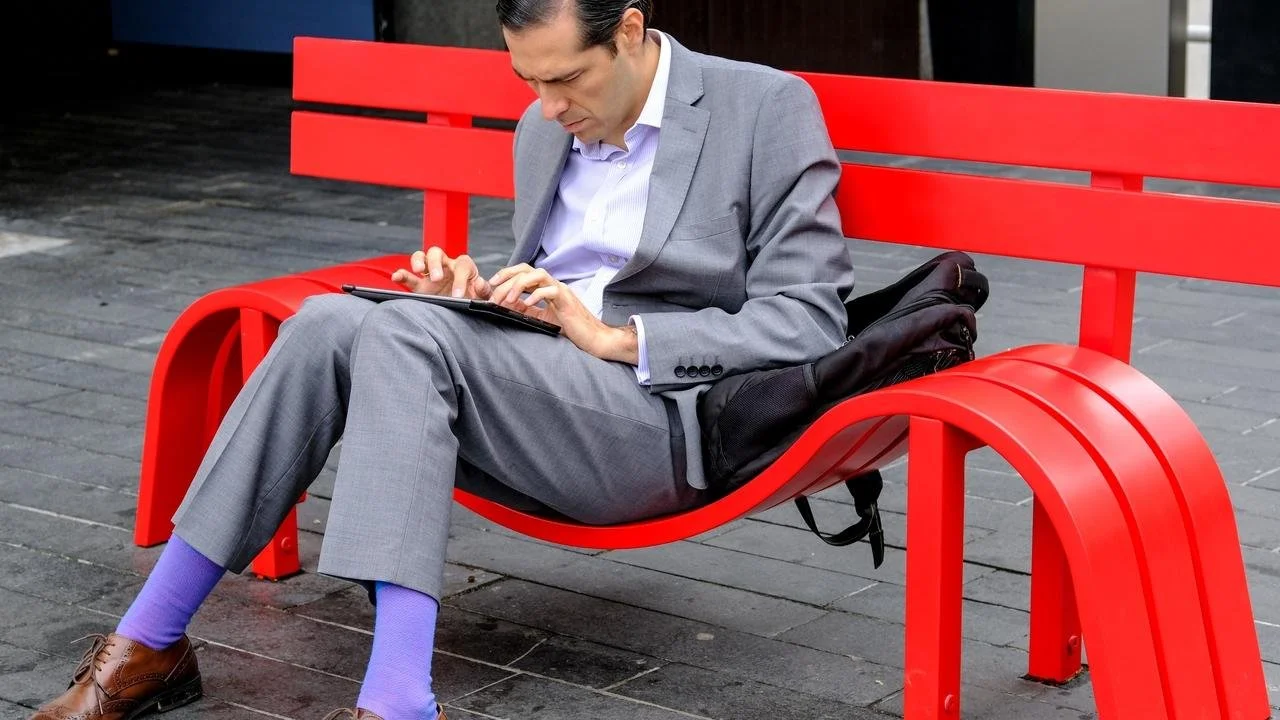Sitting is the New Smoking
What you do for the majority of your day is more telling about your health than if you exercise or not. Most people believe that if you want to lose weight, feel happy, and be healthy then daily exercise should be on your agenda? New science is showing us that our daily exercise routine cannot counter the effects of some habits, and in fact, it’s the other choices you make throughout the day that will determine how healthy your body is.
SITTING IS THE NEW SMOKING
In today’s world it doesn’t take a rocket scientist to tell us that exercising 30-60 minutes a day will never offset the detrimental effects of smoking for the rest of the day. However, it is taking a rocket scientist to tell us that prolonged sitting is just as bad as smoking, and in fact your daily exercise habits, if you are fortunate enough to have one, will not counter the damaging, life sucking effects of prolonged sitting any more than it would counter the effects of smoking.
Dr. Joan Vernikos, former director of NASA’s Life Sciences Division and author of Sitting Kills, Moving Heals provides a simple scientific explanation of how our sedentary bodies behave and perform much like those of astronauts that are spending extended periods of time in low gravity environments. People who sit for prolonged periods show the same signs of premature aging as astronauts returning from space travel. The common risk factor is gravity, or the lack of gravity. Our body responds to the force of gravity to keep our muscles toned, our bones strong, our joints healthy, and our brain’s active. When we don’t challenge the force of gravity, the force gravity will challenge us.
The human body is primed and ready for physical movement, with an intricate interaction of joints, muscles, blood vessels, and a nervous system all working together to allow us to move through a gravitational environment. But what happens when we don’t move, or we eliminate gravity. It turns out the effects are very similar. A decrease in the regeneration of muscle, bone, and soft tissue that supports our upright and moveable posture causes poor body mechanics, and compromises joints of the spine. There is a loss of elasticity in the muscles and soft tissue causing them to become stiff and achy.
Prolonged sitting causes a decrease in blood circulation and turns off an enzyme called lipoprotein lipase. The function of this enzyme is to take fat from the blood into muscle tissue where it can be used as fuel, ie: it burns fat. This enzyme is activated each time you stand up, and is deactivated with periods of inactivity. You don’t have to exercise to burn fat, all you have to do is stand up and move throughout the day, and not sit idle behind a desk or in front of the TV.
Most of us take for granted that can walk, but there are intricate mechanism in the nervous system occurring with every step we take. This is learned behavior.
Chronic sitting teaches the brain and nervous system that balance and coordination is not a priority for this human body and begins to prune the nerves and receptors responsible for these tasks and causes your body and brain to become less efficient in movement.
Dr. Vernikos explains that the solution to counter the effects of sitting is quite simple. It’s as easy as a change in posture. Literally to go from sitting to standing, throughout the day is the key to counter the effects of gravity. Yet, changing posture multiple times in a short amount of time is not the same as changing posture consistently throughout the day. Dr. Vernikos makes the distinction that squatting 32 times in one hour is not the same as standing up 32 times throughout the day. Each time you change posture you are challenging the gravitational pull on your body and your brain, and all your cells have to respond.

